Patients today are more conscious than ever about the appearance of their teeth. As a result, have high expectations and are more insistent they receive high-quality aesthetically pleasing restorations. Aesthetic restorative dentistry presents multiple challenges for the restorative team. One of the most significant challenges is accurately achieving the unique characteristics of a single maxillary central incisor so that it is perceived as a natural tooth.
The loss or damage to a single central incisor is mainly attributed to trauma. A traumatically fractured or decayed single central incisor can be managed with a fiber post and core supported crown. In such cases, as well as in unilateral missing central incisor cases, all ceramic crowns offer better potential than metal-ceramic ones. Atraumatic incisal fractures of a single central incisor are mostly treated using composites. However, the composite restorations tend to discolor over time and also become less than ideal in contour and shape. Many patients have perfectly healthy teeth except for that one incisor that has been restored with either a composite restoration or a single crown that does not quite match. The plight of this category of patients is to such an extent that they avoid smiling altogether because of the perceived unpleasant appearance. Creating a single restoration, whether direct or indirect that blends imperceptibly in form, colour, contour, value, texture and translucency with adjacent dentition is a very challenging process.
Back in the day, dentists preferred restoring both the centrals rather than a single central incisor. However, modern technology with higher quality materials, digital photography and better shade options enable us to follow the concept of minimally invasive restorations, wherein a unilateral central incisor can be created to match the artistry of the natural dentition and the supporting tissues. Accurate shade selection and shade matching is a paramount step in order to achieve this natural blend of the restoration with the adjacent dentition. Conventional shade matching is a combination of art, science and experience of both the restorative dentist and the dental technician. Colour commonly referred to as the shade is divided into 3 components:
Hue which refers to the basic colour (e.g., red, blue, green); Chroma refers to the intensity of the colour (e.g., firetruck red versus pastel pink); Value refers to the brightness of the colour (e.g., the range of grey from black to white).
Comprehensive shade matching is a time consuming process. A single base shade can never offer a suitable aesthetic match. Different shades are required in the gingival, body and incisal thirds of the tooth. This must be further divided according to its mesial and distal characterisations. The standard shade tabs (Bioform, Vita classic, Vita pan, Vita 3-D, Ivoclar) that are available offer a place to start. However, the thickness of the shade tabs does not match that of the finished restorations. Hence, some colour difference must be anticipated when using these as well. Moreover, shade guides are not representative of the value of real teeth, which is another reason why relying on shade tab assessment alone can be problematic. It would be a great advantage to have special shade tabs for opalescence, fluorescence and translucency of natural teeth.
Numerous shade guides have been developed through the years in order to enhance shade selection but the degree of success is dependent not only on the illumination conditions and level of tooth characterisation but mostly on the subjective assessment and skill of the clinician. In order to overcome the subjective variable related to shade selection, several computerised shade selection devices have been developed which use either colourimeter or spectrophotometer technology. Even though scientific data on the ability of such devices to provide a consistent and predictable tooth shade, matchings are limited, studies have demonstrated that such devices can serve only as an aide to the traditional shade selection techniques.
Dentists and dental technicians have been using multiple methods including photos with shade guides, photos with customised shade tabs, computerised shade matching devices and visits of the patient to the technician’s office to facilitate shade communication and accurate reproduction of a restoration that mirrors the adjacent maxillary central incisor. In a normal scenario, the dental technician does not meet the patient in person, therefore photography must be used to supplement and enhance communication between the dentist and dental technician. Specifics such as colour, glaze, texture and luster are demonstrated remarkably by digital photographs. The shade is communicated with a conventional shade prescription and digital images taken under controlled lighting conditions. The teeth must be hydrated without plaque and debris. The most important colour component for matching dental restorations i.e. value can be selected with the aid of black and white digital images.
Fabrication of the single central incisor can be the most difficult tooth for a dental technician too. Apart from the selection of the material for the framework, several other factors need to be considered, including the design of the restoration, patient’s medical history, adverse habits and durability of the material. Once the correct material is selected, the communication between dentist and dental technician along with the dental technician’s talent and knowledge are of utmost importance in achieving an undetectable, natural looking restoration and a successful aesthetic result.
Apart from the shade selection process, the dentist should also look out for accuracy in the shape and surface characterisation, translucency and opacity, surface gloss, etc. Many variables, such as metamerism, variations in lighting and illumination, individual characterisations and shade evaluator variations, have all contributed to the reduced predictability of providing the desired shade and characterisations for the prospective maxillary central incisor crown. An assortment of new all-ceramic restorative materials are available with not just varying mechanical properties and technologies of fabrication, but also with different optical properties for both the core as well as the veneering porcelains. This possibly will contribute to the extent of challenge the restorative team has to face.
With regard to aesthetics, the single central incisor cases pose a great restorative challenge for the dental practitioner as well as the dental technician. To produce a lifelike restoration, it is important to develop skills at describing the features of a tooth to aid the dental technician in creating a faithful reproduction. A thorough analysis and treatment plan, along with clear communication between the clinician and laboratory technician, can result in an exceptional aesthetic outcome.
References
- Kahng LS. Material selection and shade matching for a single central incisor. The Journal of Cosmetic Dentistry 2006; 22(1): 78-84.
- Raigrodski AJ. Managing the challenge of crowning the single central maxillary incisor. Masters of Esthetic Dentistry, Wiley Periodicals 2008; 20 (5): 337-342.
Fondriest JF. Shade matching a single maxillary central incisor. QDT 200
Bonus: Download our monthly e-bulletin!Click here to get it
DISCLAIMER : “Views expressed above are the author’s own.”

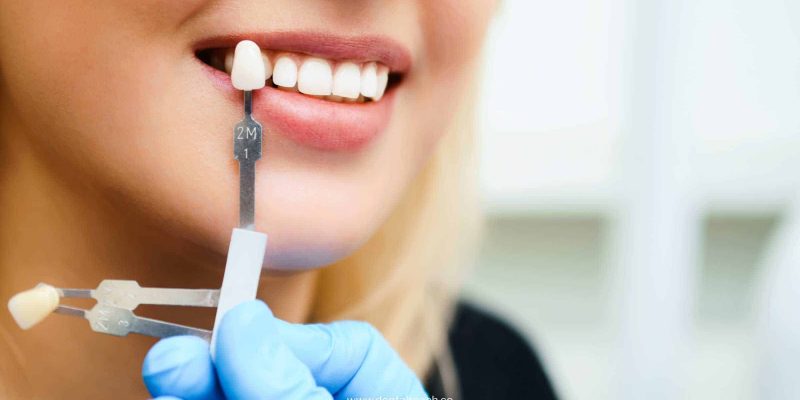




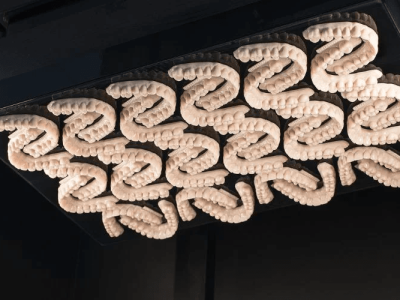

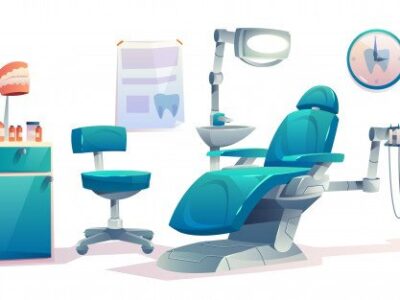
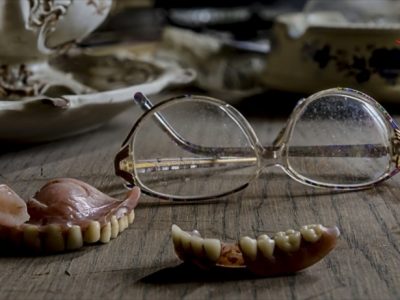
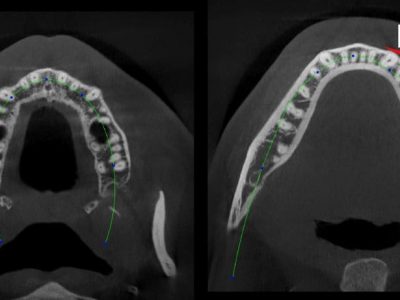









Comments